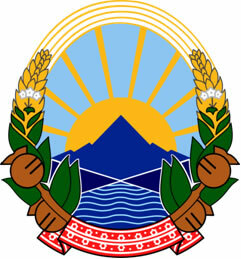There are about 5000 a. a., happened the transformations that defined the development of the neolithic revolution in the American continent. Research in this regard indicates that the first changes appeared in some regions of the Andes, Central America and Mexico. Very similar to what had already happened in the Old World, we have at that time the appearance of the collection system of vegetables, the making of pottery, baskets, fabrics and agricultural tools rudimentary.
Urban centers were quite small and the process of fixing man in the same place (sedentary lifestyle) articulated his first steps. A little later, between 3000 and 1500 BC. C., agriculture took space with the cultivation of tubers and autochthonous plants, such as cocoa, cassava, sunflower, potato, corn and pumpkin. Agricultural production was employed with a diverse range of techniques including terrace planting, irrigation and soil fertilization.
Livestock was not very prominent, being limited to the domestication of alpacas and llamas, which were predominantly useful for transport, exploitation of skins and food. The oldest signs of agricultural activity appear in excavations carried out in the Mexican state of Tamaulipas and in the valley of Tehuacán, located in the same country. In the Andean territory, the development of this same activity was slower due to low temperatures and various geographic accidents.
It is important to point out that the characterization of American technological development at that time is quite different from that of the Old World. Inventions such as the wheel, the bow, alphabetic writing and metallurgy did not appear among the American peoples of that time. However, this does not indicate a synonym for backwardness, as great civilizations and complex societies have developed on the continent.
At the end of this period of American history, we must emphasize that the process of sedentarization of the Neolithic also developed in other regions of America. In the North American southwest we have the development of the Anasazi, Hohokan and Mogollon cultures. In South America, this same process of agricultural development allowed for the consolidation of the cultures of the Tupi, Guaraní, and Caribbean peoples, among other civilizations.
By Rainer Sousa
Graduated in History
Source: Brazil School - https://brasilescola.uol.com.br/historiag/prehistoria-americana-periodo-neolitico.htm



